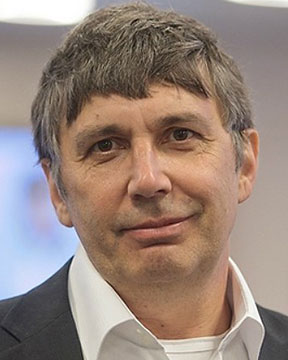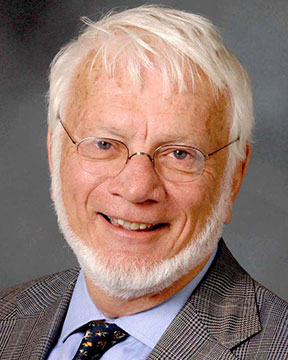



















 |
Jim ZhengFlorida A&M University and Florida State UniversityInternal Hybrid Li-ion Battery-capacitor Energy Storage Cells 5th Intl. Symp. on Sustainable Secondary Battery Manufacturing and Recycling Back to Plenary Lectures » |
Abstract:As a new generation of supercapacitor, the Li-ion capacitor (LIC) is an advanced energy storage device which consists of an electric double-layer capacitor (EDLC) cathode and a pre-lithiated anode [1,2], between which the ions shuttle during charge and discharge processes. Because of using pre-lithiated and low surface anode materials, the LIC can be charged to a maximum voltage as high as 4.0 V, which is much higher than of EDLCs and comparable to Li-ion batteries (LIBs); therefore, it allows the LIC and LIB to be assembled in one package as a LIB/LIC hybrid energy storage cell. We have demonstrated a new hybrid energy storage cell that combines the advantages of both the LIB and the LIC [3], thereby avoiding their inherent defects, while bridging the gap between the high energy densities offered by batteries and the high power densities seen in EDLCs. The energy density and power density of the hybrid cell can be designed to meet the requirements by a reasonable distribution of the ratio between LIB and LIC electrode materials in the internal hybrid cell. For example, we show a hybrid LIC consisting of a Li nickel cobalt manganese oxide (NMC)/activated carbon (AC) composite cathode in combination with an ultra-thin Li film (u-Li) pre-loaded hard carbon anode. Additionally, we show that by utilizing three design approaches: dry composite electrode fabrication method, cathode to anode capacity ratio design, and pre-lithiation method using u-Li, we can demonstrate an energy storage device with excellent cycle life, and that can be tailored by composite ratios within the cathode to fit different applications. Shown here is an in-depth look at various composite material ratios, pre-lithiation calculations and hybrid Li-ion battery-capacitor energy storage device creation based on targeting essential energy-power performance characteristics. |
|